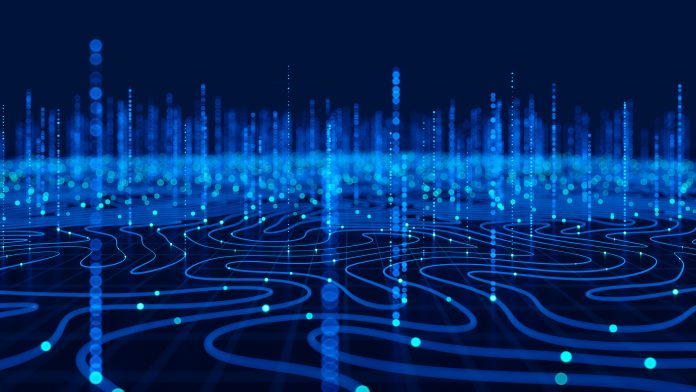Researchers are fusing the human brain, knowledge and data to enhance AI models
This approach will revolutionise AI’s efficiency in navigating real-world challenges with more precision and insights.
Starting from the beginning
Like teaching a child how to solve puzzles, the researchers highlight the importance of incorporating basic rules and tips into AI training.
By integrating fundamental principles such as the laws of physics, AI models can evolve to mirror the complexities of our reality, enhancing their efficiency and practical applicability.
Lead author Hao Xu from Peking University emphasises the significance of balancing data-driven learning and integrating human knowledge. “Embedding human knowledge into AI models has the potential to improve their efficiency and ability to make inferences, but the question is how to balance the influence of data and knowledge,” says Xu.
AI and physical law
Traditional generative AI models, illustrated by systems like ChatGPT and Sora, rely solely on data-driven approaches. However, these models often need to improve in scenarios that deviate from their training data and lack the capacity to grasp physical laws.
“We are trying to teach AI models the laws of physics so that they can be more reflective of the real world, which would make them more useful in science and engineering,” says senior author Yuntian Chen of the Eastern Institute of Technology, Ningbo.
Informed machine learning is a paradigm shift where researchers infuse AI models with underlying rules to guide their training process. Senior author Yuntian Chen from the Eastern Institute of Technology, Ningbo, emphasises the endeavour to teach AI models the laws of physics for enhanced real-world applicability.
To optimise informed machine learning, the researchers developed a framework to evaluate the assistance of individual rules to a model’s predictive accuracy. By determining interactions between rules, they fine-tuned models, filtering out redundant or conflicting rules to support performance.
Demonstrating its powers, the researchers used the framework to optimise machine learning models for solving equations and predicting experimental outcomes in chemistry.
How will this change AI in the future?
The researchers aim to develop their framework into a user-friendly plugin tool for AI developers. They also aspire to empower AI models to autonomously extract knowledge from data, culminating in self-improving, AI-driven systems.
“We are working to develop a model that can directly extract knowledge from the data and then use this knowledge to create rules and improve itself.”shares Chen.
Supported by various research institutions, including the National Natural Science Foundation of China, this approach represents a new era in AI, a conjunction of human insight and machine learning aimed to reshape our technological landscape.











